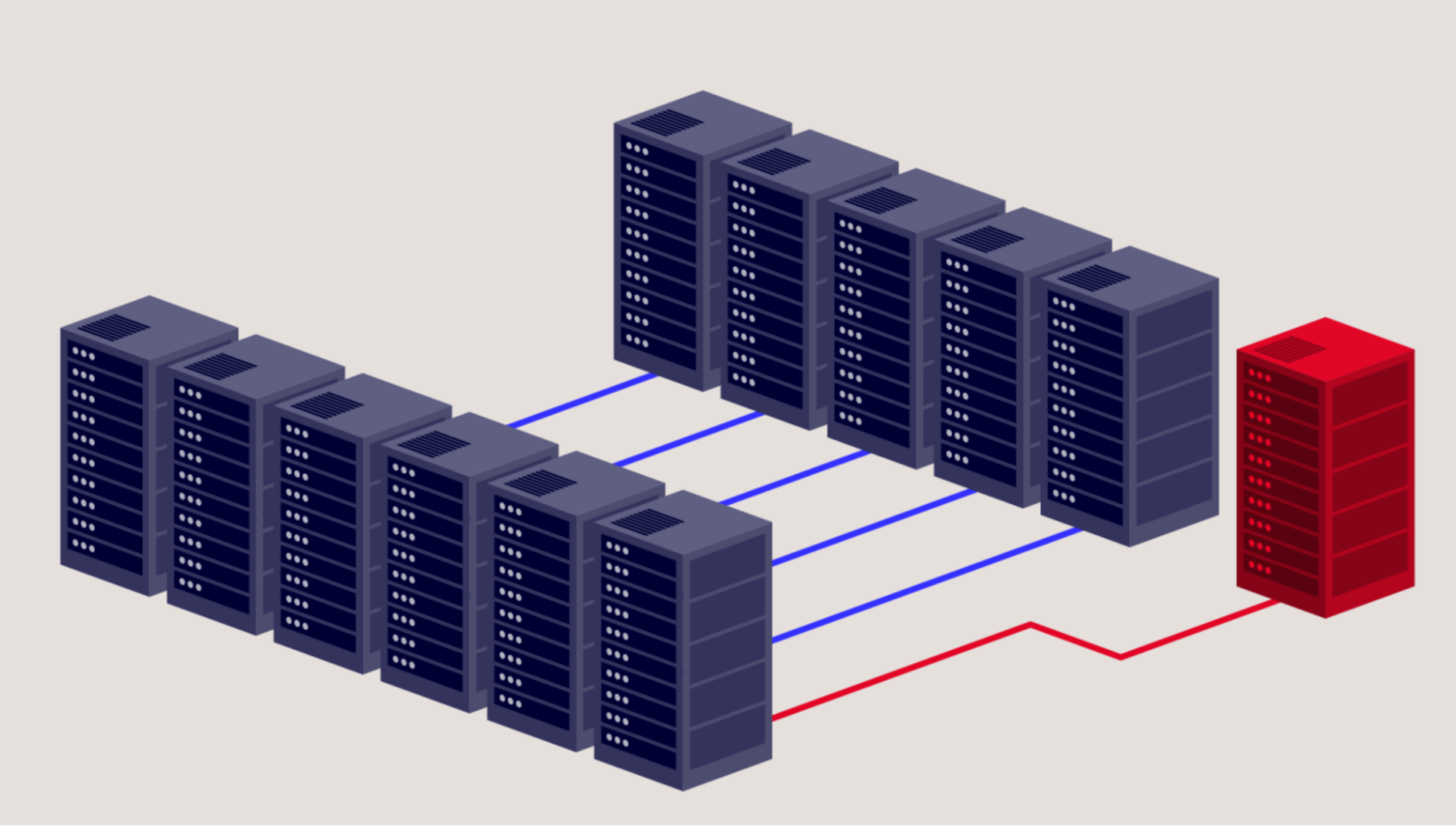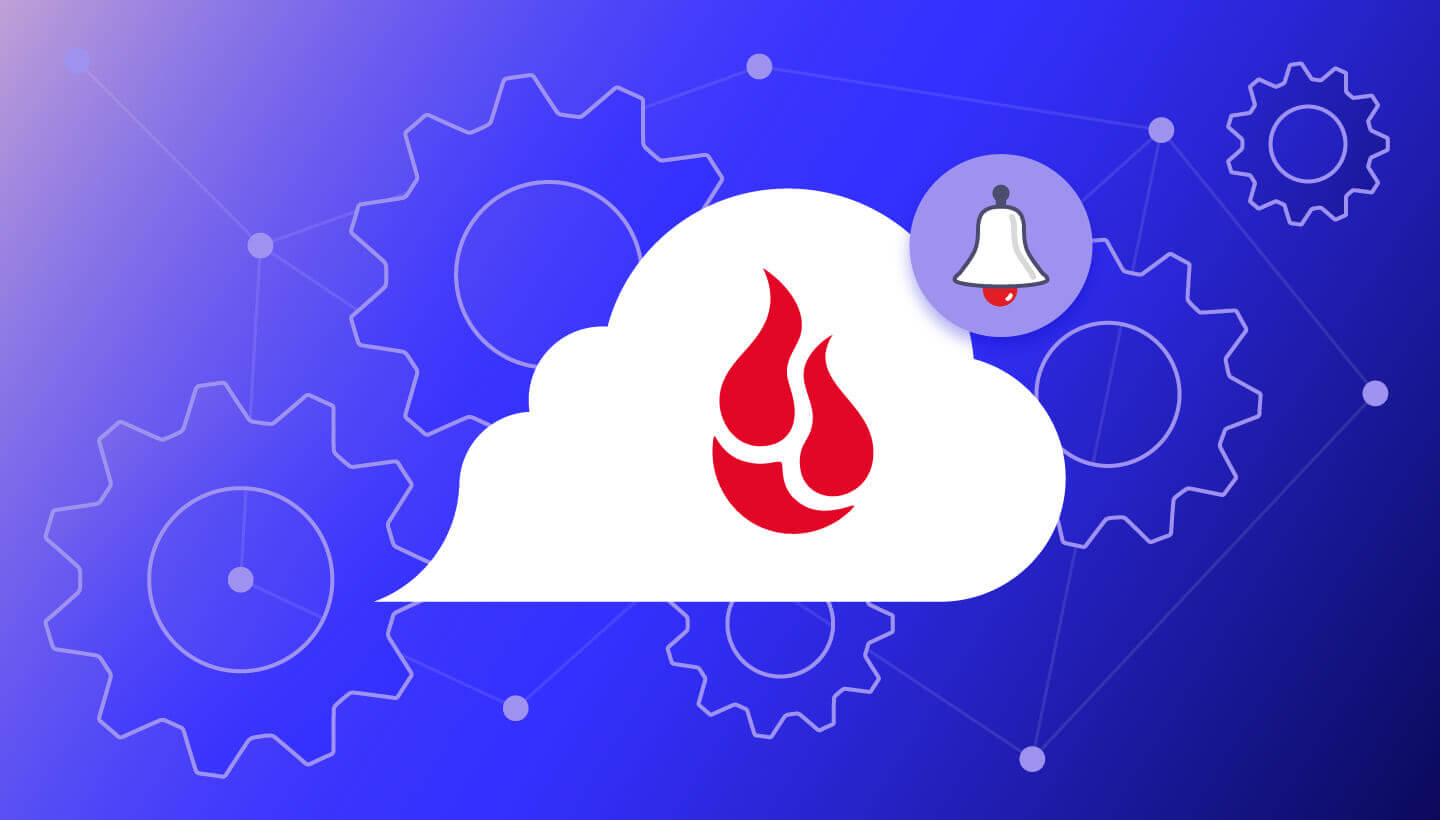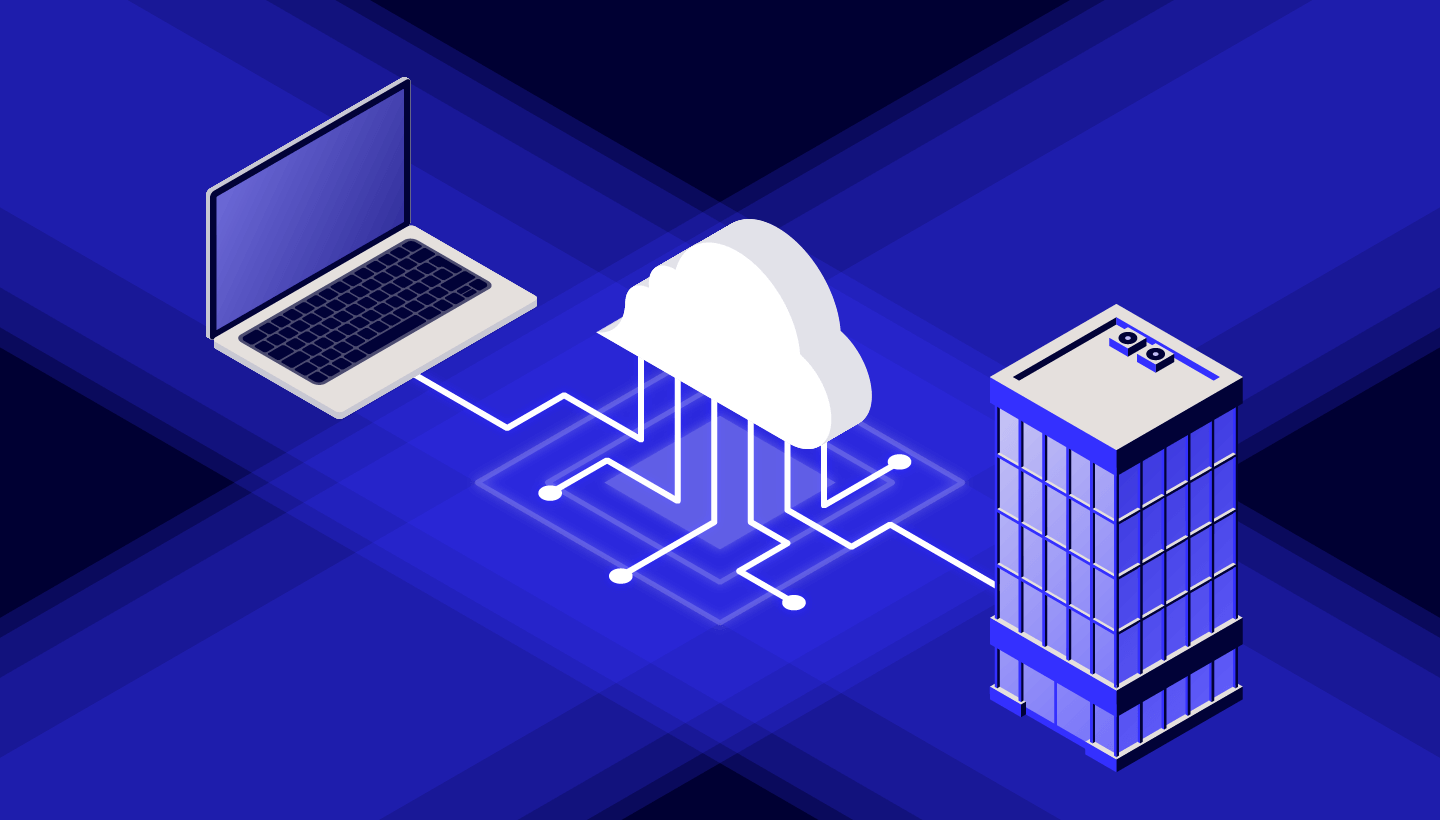A year ago, Backblaze B2 Cloud Storage came out of beta and became available for everyone to use. We were pretty excited, even though it seemed like everyone and their brother had a cloud storage offering. Now that we are a year down the road, let’s see how Backblaze B2 has fared in the real world of tight budgets, maxed-out engineering schedules, insanely funded competition, and more. Spoiler alert: We’re still pretty excited.
Cloud Storage on a Budget
There are dozens of companies offering cloud storage and the landscape is cluttered with incomprehensible pricing models, cleverly disguised transfer and download charges, and differing levels of service that seem to be driven more by marketing departments than customer needs.
Backblaze B2 keeps things simple: A single, performant level of service; a single, affordable price for storage ($0.005/GB/month); a single, affordable price for downloads ($0.02/GB); and a single list of transaction charges—all on a single pricing page.
Who’s Using Backblaze B2?
By making cloud storage affordable, companies and organizations now have a way to store their data in the cloud and still be able to access and restore it as quickly as needed. You don’t have to choose between price and performance. Here are a few examples:
- Media & Entertainment: KLRU-TV, Austin PBS, is using B2 Cloud Storage to preserve their video catalog of the world-renowned musical anthology series, Austin City Limits.
- LTO Migration: The Girl Scouts of San Diego were able to move their daily incremental backups from LTO tape to the cloud, saving money and time, while helping automate their entire backup process.
- Cloud Migration: Vintage Aerial found it cost effective to discard their internal data server and store their unique hi-resolution images in B2 Cloud Storage.
- Backup: Ahuja and Clark, a boutique accounting firm, was able to save over 80% on the cost to back up all their corporate and client data.
How Is Backblaze B2 Being Used?
B2 Cloud Storage can be accessed in four ways: using the web GUI, using the CLI, using the API library, and using a product or service integrated with Backblaze B2. While many customers are using the web GUI, CLI, and API to store and retrieve data, the most prolific use of B2 Cloud Storage occurs via our integration partners. Each integration partner has certified they have met our best practices for integrating to B2 Cloud Storage and we’ve tested each of the integrations submitted to us. Here are a few of the highlights.
- NAS Devices: Synology and QNAP have integrations which allow their NAS devices to sync their data to/from Backblaze B2.
- Backup and Sync: MSP360 (formerly CloudBerry Lab), GoodSync, and Retrospect are just a few of the services that can back up and/or sync data to/from Backblaze B2.
- Hybrid Cloud: 45 Drives and OpenIO are solutions that allow you to set up and operate a hybrid data storage cloud environment.
- Desktop Apps: CyberDuck, MountainDuck, Dropshare, and more allow users an easy way to store and use data in B2 Cloud Storage right from your desktop.
- Digital Asset Management: Cantemo, Cubix, CatDV, and axle Video let you catalog your digital assets and then store them in Backblaze B2 for fast retrieval when they are needed.
If you have an application or service that stores data in the cloud and it isn’t integrated with Backblaze B2, then your customers are probably paying too much for cloud storage.
What’s New in Backblaze B2?
Backblaze Fireball: Our rapid data ingest service. We send you a storage device, and you load it up with up to 40TB of data and send it back, then we load the data into your B2 Cloud Storage account. The cost is $550 per trip plus shipping. Save your network bandwidth with the Backblaze Fireball.
Lowered the download price: When we introduced Backblaze B2, we set the price to download a gigabyte of data to be $0.05/GB—the same as most competitors. A year in, we reevaluated the price based on usage and decided to lower the price to $0.02/GB.
Backblaze B2 User Groups: Backblaze Groups functionality is now available in Backblaze B2. An administrator can invite users to a Backblaze B2-centric Group to centralize the storage location for that group of users. For example, multiple members of a department working on a project will be able to archive their work-in-progress activities into a single Backblaze B2 bucket.
Time Machine backup: You may know that you can use your Synology NAS as the destination for your Time Machine backup. With Backblaze B2 you can also sync your Synology NAS to Backblaze B2 for a true 3-2-1 backup solution. If your system crashes or is lost, you can restore your Time Machine image directly from B2 Cloud Storage to your new machine.
Life Cycle Rules: Create rules that allow you to manage the length of time deleted files will remain in your Backblaze B2 bucket before they are deleted. A great option for managing the cleanup of outdated file versions to save on storage costs.
Large Files: In the Backblaze B2 web GUI you can upload files as large as 500MB using either the upload or drag-and-drop functionality. The Backblaze B2 CLI and API support the ability to upload/download files as large as 10TB.
5MB file part size: When working with large files, the minimum file part size can now be set as low as 5MB versus the previous low setting of 100MB. Now the range of a file part when working with large files can be from 5MB to 5GB. This increases the throughput of your data uploads and downloads.
SHA-1 at the end: This feature allows you to compute the SHA-1 checksum and append it to the end of the request body versus doing the computation before the file is sent. This is especially useful for those applications which stream data to/from Backblaze B2.
Cache-Control: When data is downloaded from B2 Cloud Storage into a browser, the length of time the file remains in the browser cache can be set at the bucket level using the b2_create_bucket and b2_update_bucket API calls. Setting this policy is optional.
Customized delimiters: Used in the API, this allows you to specify a delimiter to use for a given purpose. A common use is to set a delimiter in the file name string. Then use that delimiter to detect a folder name within the string.
Looking Ahead
Over the past year, we added nearly 30,000 new Backblaze B2 customers to the fold and are welcoming more and more each day as Backblaze B2 continues to grow. We have plans to expand our storage footprint by adding more data centers as we look forward to moving towards a multi-region environment.
For those of you who are B2 Cloud Storage customers—thank you for helping to build it. If you have an interesting way you are using Backblaze B2, tell us in the comments below.



